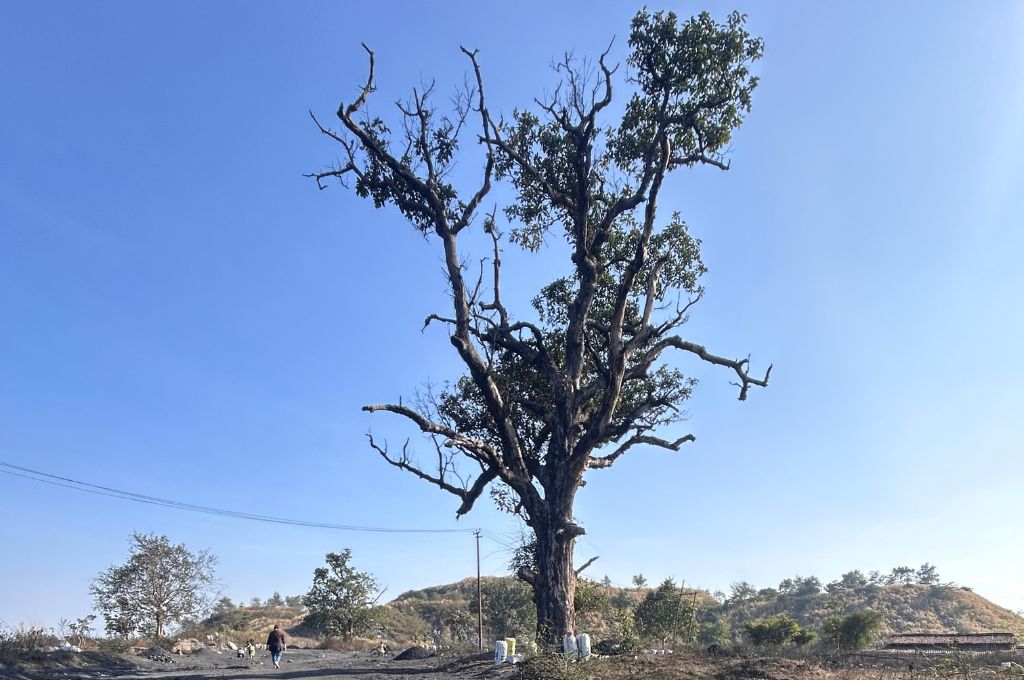Hidden figures
The Vidarbha region in Maharashtra suffers from a high incidence of farmer suicides, a prime reason for which is mounting agricultural debt.
In 2015, I was on a visit to Karanja tehsil, Washim district in Vidarbha to understand the livelihoods patterns of the farmers in the region. During a meeting, farmers from Ladegaon village informed me that they had been mainly growing cotton and soybean, which were not very remunerative, but they felt that they did not have other options.
They told me that when cultivation is rain-fed, the cotton yield is around eight to ten quintals per acre; and when irrigated, up to 15 quintals per acre. When I asked them how much profit they earn from these crops, they said between INR 6,500-10,000 per acre, when the yield is good; otherwise, they suffer losses. Upon further questioning, I found that they do not factor in the cost of labour and land while calculating profits.
I recalculated the cost of production of these crops with the farmers, taking the cost of labour at INR 200 per day (prevalent wage rate) and the value of land at INR 4,000 per acre (prevalent rate of rent).
To their surprise, the farmers learnt that even during a good production of irrigated cotton, they were making losses. Their input costs (seeds, fertilisers, and pesticides) on cotton were more than INR 30,000 per acre. With the cost of irrigation, harvesting, transportation, and labour, as well as the rent on land, their total cost of production reached INR 64,000 per acre. Their maximum revenue from production was INR 58,500, assuming 15 quintals of cotton per acre.
We then started to look for alternatives to cotton and soybean. The farmers told me that before switching to these crops, they used to grow pulses, mustard, and wheat. Using the new method of calculating cost, we estimated the profits that they could earn from these traditional crops and found that growing pigeon pea would be profitable for the farmers.
Jitendra Sinha is the co-founder and CEO of SAI-Sustainable Agro. Read the full story here.
—
Know more: Read about what’s next for agriculture in India.
Do more: Connect with the author at [email protected] to understand more about and support his work.



